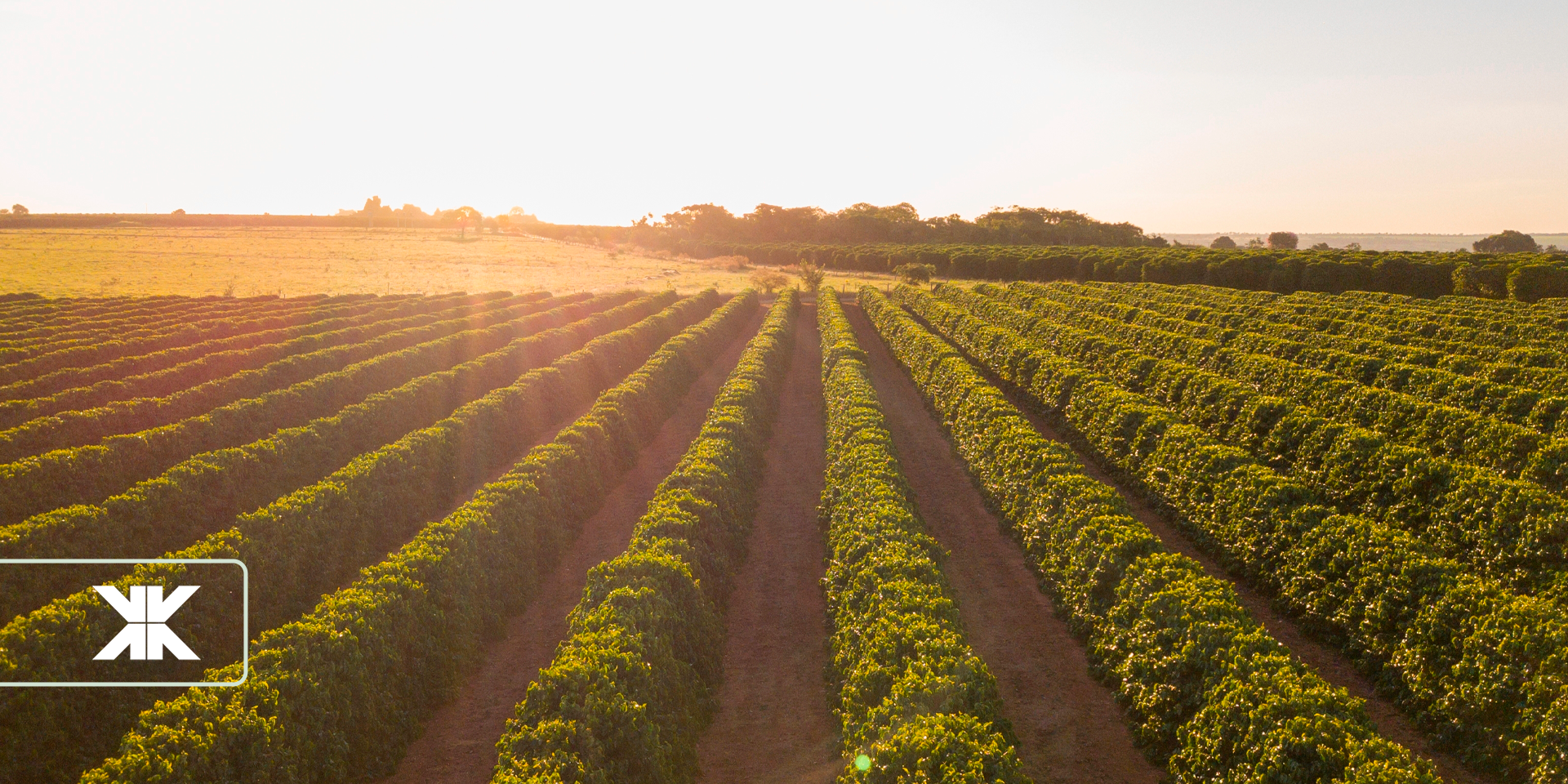
Categoria: Innovation
WORLD POPULATION TRENDS: WE REACHED 8 BILLION
In November 2022, the 8 billionth person in the world was born, a milestone that brought reflection to a global challenge: how to feed more than 8 billion people?
Although population growth is a result of improved life expectancy and advances in health, concerns about nutrition, environmental impact and sustainability are significant issues that need to be addressed.
Even though the data shows us that population growth is slowing, the transition from 7 billion to 8 billion people took 12 years, and the forecast is that it will take another 15 years to reach 9 billion.
Providing adequate food for the growing population, reducing the environmental impact and replenishing the planet’s natural resources will continue to be difficulties that require a joint effort by governments, institutions and companies to be resolved.
Check below the world population trends for food production and the impact on economic development.
Trends for food production in the coming years

To find solutions to this scenario, the #8BillionStrong campaign, which emerged when we reached a global population of 8 billion, identified relevant points that should guide food production around the world.
The most and the least developed countries have different growth rates
The slowdown in growth is a reality, with rates varying in different regions. While less developed countries will experience rapid growth, some nations will face population decline due to low fertility and emigration.
Population growth rates will vary around the world, resulting in changes in the geographic distribution of the global population.
Data show that different regions are growing at different rates. The 46 least developed countries are the fastest growing in the world.
According to UN forecasts, many of these countries have projections of a doubling of their populations between 2022 and 2050. This trend puts pressure on available resources, raising concerns about the ability to meet the needs of this population.
Population decline
We are witnessing population decline with an annual population growth rate of 0.8% in 2022 compared to 2.3% in 1963. China’s population has stopped growing, and it is possible that it will start to decline next year.
More and more countries are facing the challenge of declining populations, the result of decades of low fertility and, in some cases, high rates of emigration. Since 1990, seventeen countries in Eastern Europe have seen their populations decline.
It will take 15 years to reach 9 billion
It is estimated that we will reach the mark of 9 billion people in 15 years. Despite slower population growth in some nations, UN projections indicate that the world’s population is expected to reach around 8.5 billion by 2030 and 9 billion by 2037.
By 2050, there will be 9.7 billion and, by 2100, 10.4 billion inhabitants on the planet.
We will have more old people than young people
We are facing an accelerated aging process: by 2050, the number of people aged over 65 will be more than double the number of children under 5 and nearly equivalent to the number of children under 12.
Global life expectancy at birth in 2019 was 72.8 years, an increase of nearly nine years compared to 1990. This expectation is estimated to reach 77.2 years by 2050.
We are living longer
We are experiencing an increase in longevity: in countries such as Australia, Hong Kong and Japan, life expectancy can reach 85 years.
In contrast, in low-income countries, this number is lower: around 63 years. For those born in Central African countries such as the Central African Republic, Chad, Lesotho or Nigeria, life expectancy can reach 54 years.
The impact of economic development
The increase in per capita income, generally in regions with lower population growth, is a crucial factor for unsustainable patterns of production and consumption.
Lowering these standards is critical to achieving the goals of the Paris Agreement and meeting the Sustainable Development Goals (SDGs) as pointed out by the UN.
Population projections highlight the crucial importance of the agricultural industry in the effort to provide sustainable nutrition for the growing global population.
Sadly, over 800 million people around the world still suffer from hunger on a daily basis, which stunts the growth of children and economies.
This situation underscores the urgent need for action to address this challenge and ensure food security for all.
The role of process automation to address the high demand for food
Automation plays a key role in the food industry, bringing significant benefits that involve reducing costs and waste.
Through standardization and control provided by automatic machines and equipment, it is possible to achieve greater efficiency in production processes.
The result is a more streamlined and streamlined workflow that can easily scale as demand grows.
And when we talk about industrial automation, we also talk about economy and sustainability, generating greater competitiveness.
With the adoption of technological tools and processes, it is possible to reduce the use of raw materials and energy, optimize processes, make assertive decisions, produce more safely and at lower costs.
If you want to keep up to date with Indumak news and receive tips and information about industrial automation, keep following our blog.







